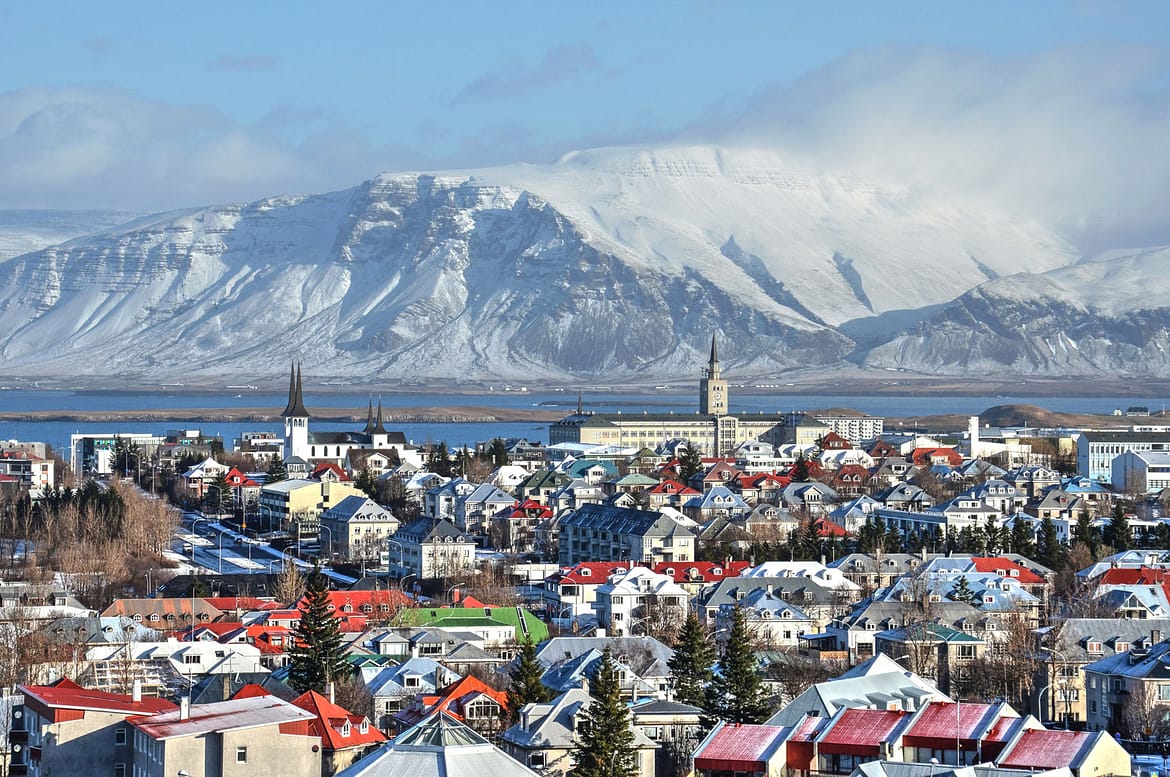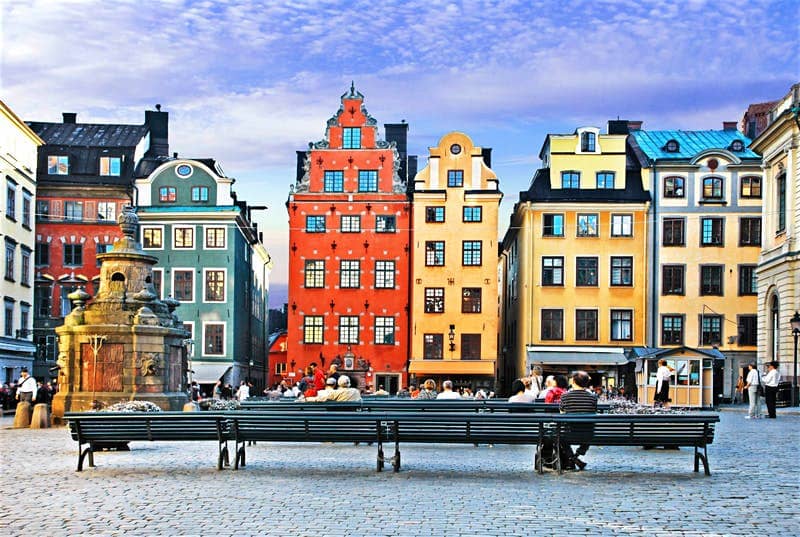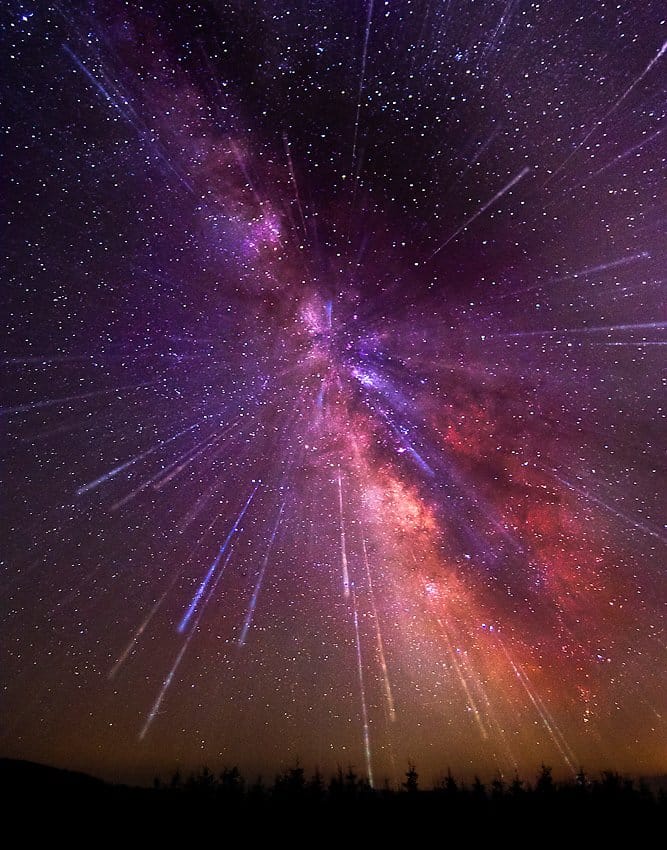Persepolis
(This post is one in a series about the best books ever written. The first post in the series is here.) So this is probably a bit surprising to anyone who knows me well here in some ways. I have always been very open (and quite outspoken) as to my… Read More »Persepolis





